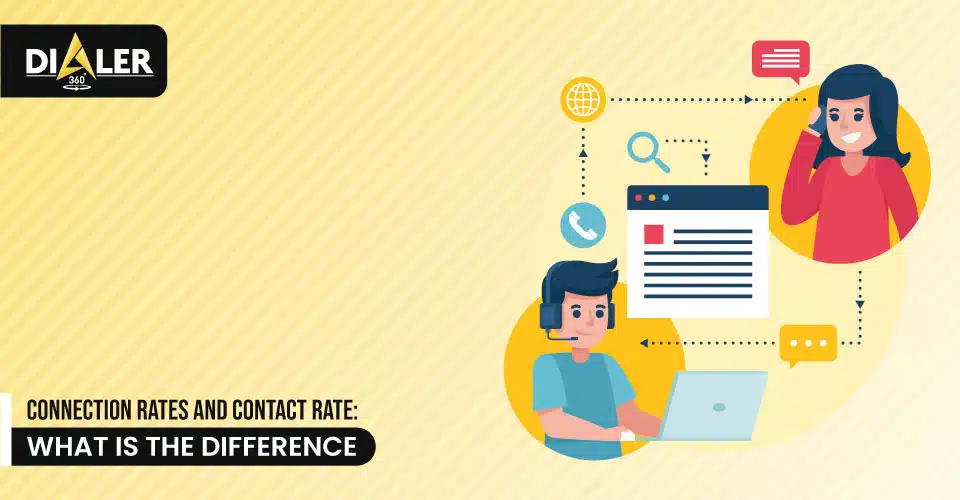Dealing with angry customers in the call center can be challenging. But if you handle the situation well, you may even be able to improve your relationship over the phone and create further opportunities for your business as well.
Make sure that you listen actively to customer’s problems or complaints, and resist the urge to interrupt or solve the problem right away. Be empathic and understanding, and make sure that your body language communicates this.
If you’re not sure how to fix the situation, then ask your customer what will make him happy. If it’s in your power, then get it done as soon as possible. Follow up with your angry customer to make sure he was happy with how the situation was resolved.
- Step One : Positive Mindset
- Step Two: Addressing the Right Issue
- Step Three: Effective Listening
- Step Four: Solving Problems
- Step Five: Empathy
- Step Six: Feedback/Suggestions
- Step Seven: Do Follow-up
Step One: Positive Mindset

There is nothing like believing in yourself to create a successful reality. Give yourself the benefit of the doubt and believe that you will succeed in fulfilling your goals.
All that matters is that you realize that your customer is upset or angry and that it’s up to you to solve the problem. Adjust your mindset so that you’re giving 100 percent of your focus to your angry customer, and to the current situation.
Step Two: Addressing the Right Issue
“If you address a problem, you start trying to solve it.” Once the customer had time to explain why he’s angry, repeat his concerns so you’re sure that you’re addressing the right issue. If you need to, ask questions to make sure that you’ve identified the problem correctly.
Use calm, objective wording. Repeating the problem shows the customer you were listening, which can help lower customer’s anger and stress levels. More than this, it helps you agree on the problem that needs to be solved.
Step Three: Effective Listening
Listening is one of the most important aspects of effective communication for an angry customer. Successful listening means not just understanding the words or the information being communicated, but also understanding how the customer feels about what they’re communicating. This subtly creates a partnership between you and your customer and lets the customer know that you’re ready to listen.
Resist the temptation to try to solve the situation right away, or to jump to conclusions about what happened. Instead, let your angry customer tell you his story. As he’s talking, don’t plan out what you’re going to say when he’s done – this isn’t active listening! Also, don’t allow anything to interrupt this conversation. Give your customer all of your attention.
Step Four: Solving Problems

If you feel that you know what will make your angry customer happy, tell him how you’d like to correct the situation.
Try to figure out possible problem along the way, you can do before the problem even arises. Be prepared; if you keep your eyes and ears open you are sure to find something helpful. For instance, you could say over the phone, “If my solution doesn’t work for you, I’d love to hear what will make you happy. If it’s in my power I’ll get it done, and if it’s not possible, we can work on another solution together.”
Step Five: Empathy

And, felt or enjoyed through imagined participation in the experience of others also make sure that your body language also communicates this understanding and empathy.
For example, you could say, “I understand why you’re angry. I would be too. I’m very sorry that we didn’t get the samples to you on time, especially since it’s caused these problems.”
Step Six: Feedback/Suggestions

Avoid using negative phrases that discourage and exclude, such as “I don’t think…” and “You shouldn’t …,” when speaking. Negative language puts people on the defensive or causes them to shut down and disregard your feedback. Instead, be encouraging and use phrases that start with “What if we tried to…?”, “Maybe you could try…”, or “Have you considered doing…?”
Also, ensure that you’re managing complaints and feedback effectively, so that you can improve that way that you do things.
Step Seven: Do Follow-up

If the customer has contacted you by phone, make sure that the customer has your name and contact details. This gives him a feeling of control because he can get hold of you again if he needs to.
Once the situation has been resolved, follow up with your customer over the next few days to make sure that he’s happy with the resolution.
Further Tips:
- It’s important to handle difficult customers professionally. Learning how to stay calm and how to stay cool under pressure can help you get through challenging situations with grace and professionalism.
- If your customer is especially angry, then talk slowly and calmly, and use a low tone of voice. This will subtly help lower the tension, and ensure that you don’t escalate the situation by visibly getting stressed or upset yourself.
- If your customer has sent you a difficult email or they’re angry with you over the phone, then offer to meet with him in person if you can to address the problem. This will not only diffuse anger (since it’s harder for most people to get truly angry face to face) but it also shows that you genuinely want to address and fix the situation.
- If you feel that your customer is being unreasonable, you might start to get upset, especially if he is criticizing you, or your organization, unfairly. So learn anger management skills so that you can stay calm in these situations.
- Occasionally a customer may become verbally abusive towards you or your team. Know in advance what you’ll tolerate, and what you would not. If things escalate, you may need to be assertive and stand up for yourself, or even walk away from the situation to give the customer time to cool down.
- Work on improving your conflict resolution skills. These skills can help you if you need to negotiate with your angry customer.






